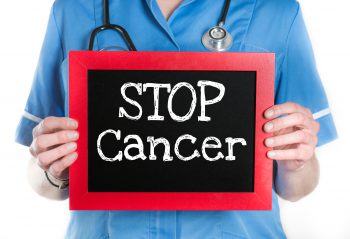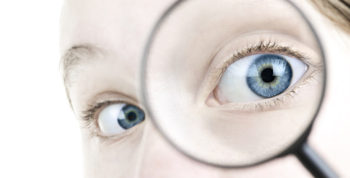
Aggressive surgery has often been the preferred approach for patients in whom melanoma has spread to the lymph nodes. Results of a recent trial suggest that a conservative treatment of watchful waiting may actually be more beneficial.
Is Completion Surgery Necessary?
Once a patient is diagnosed with melanoma, the traditional procedure has been to conduct a sentinel lymph node biopsy. If cancer cells are detected, the next step is usually immediate removal of the remaining regional lymph nodes in the surrounding area.
Surgery vs. Watchful Waiting
MSLT-II involved 1,934 participants who had been diagnosed with skin melanoma of medium thickness that had spread to sentinel lymph nodes but nowhere else in the body. Half underwent immediate lymph node removal surgery while the other half were monitored for signs of cancer in the regional lymph nodes.
After three years, 86 percent of patients in each group had not succumbed to melanoma. In addition, 68 percent of the surgery group and 63 percent of the monitored group had not experienced any recurrence of cancer.
Greater Risk of Complications
While difference in recurrence rate was negligible, the surgery group was found to be far more susceptible to complications. Those patients were approximately four times more likely to experience lymphedema, which is a buildup of excess lymph fluid that causes swelling.
Immunotherapy for Cancer: State-of-the-Art Treatment
We have successfully treated patients with melanoma and other forms of cancer in both early and late stages. Contact us to learn more about Issels® and our individually developed, non-toxic immunotherapy for cancer programs.





